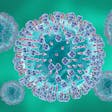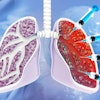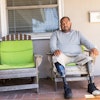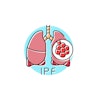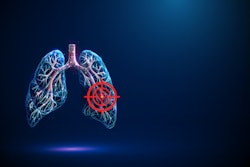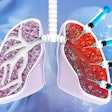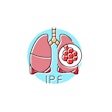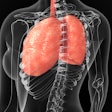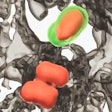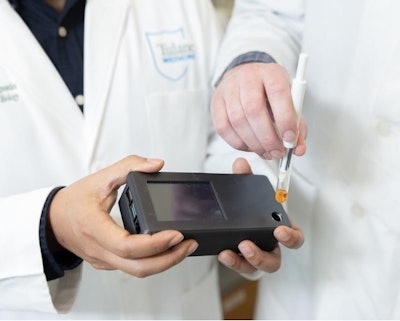
In its Global Tuberculosis Report 2024, the World Health Organization (WHO) reported that the incidence rate of tuberculosis (TB) increased by 4.6% from 2020 to 2023, overturning previous declines and making TB the world’s leading infectious disease killer again. As this burden continues to have an impact, researchers have found two new methods to help diagnose TB earlier and easier.
Power in the palm of the hand
First, scientists from Tulane University have developed a novel smartphone-sized device to deliver rapid TB test results in under an hour at the point of care. According to the lab team, the low-cost, handheld device could help improve diagnosis of TB in rural and lower-income areas where disease prevalence is higher and access to health care facilities and lab equipment is limited.
Findings from the study, “Rapid Tuberculosis Diagnosis From Respiratory or Blood Samples by a Low-Cost, Portable Lab-In-Tube Assay,” were published in Science Translational Medicine.
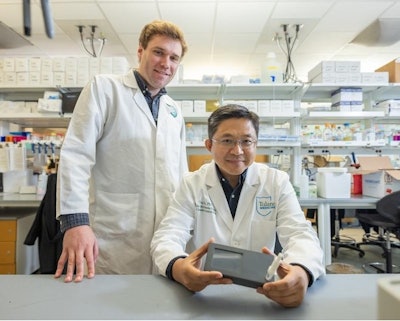 Tulane University researchers Brady Youngquist (left) and Tony Hu (right).Kenny Lass
Tulane University researchers Brady Youngquist (left) and Tony Hu (right).Kenny Lass
“This system reduces the expertise and equipment required for TB diagnosis, which is essential for point-of-care application,” said lead author Brady Youngquist, a Tulane graduate student, in a university news release. “Saliva-based testing for TB is particularly exciting because it can be easily obtained in all patients and can be used for portable testing without the need for blood draw. And sputum is often not produced in children and patients living with HIV, a common co-infection.”
The research team tested the device using serum cell-free DNA samples from children one to 16 years of age in the Dominican Republic. The tool accurately identified pulmonary and extra-pulmonary TB with good specificity (94%) and higher sensitivity than a more expensive device (81% versus 68%, respectively). These results meet the WHO’s target product criteria for new non-sputum-based TB tests.
“TB remains a critical public health concern in low-income countries, and diagnosis using a cheap, simple test like we’ve developed is needed not only to treat patients with TB but prevent further spread of the disease,” said senior author Tony Hu, PhD, Weatherhead Presidential Chair in Biotechnology Innovation and director of the Tulane Center for Cellular & Molecular Diagnostics. “An estimated 4.2 million TB cases were undiagnosed or unreported in 2021, largely due to limitations and costs of testing in areas with high disease burden.”
Deep learning equals fast results
Findings from another TB-focused study were presented orally at ESCMID Global 2025 in Vienna, Austria. This research demonstrated that a lung ultrasound test powered by artificial intelligence (AI) outperformed human experts by 9% in diagnosing TB.
The technology, ULTR-AI, analyzes ultrasound images from portable, smartphone-connected devices and offers a sputum-free, speedy and scalable alternative method for TB detection.
“By reducing operator dependency and standardizing the test, this technology can help diagnose patients faster and more efficiently,” said lead author Véronique Suttels, MD, PhD, in a press release.
The ULTR-AI suite includes three deep-learning models to 1) predict TB directly from lung ultrasound images, 2) detect ultrasound patterns as interpreted by human experts and 3) apply the highest risk score from both models to optimize accuracy.
The study was completed in Benin, West Africa, at a tertiary urban center and included 504 patients (after exclusions). From the study population, 38% were diagnosed with pulmonary TB, 15% were HIV positive and 13% had a history of TB. Researchers performed a standardized 14-point lung ultrasound sliding scan protocol and interpreted images based on typical lung ultrasound findings. A single sputum molecular test (MTB Xpert Ultra) served as the reference point.
The ULTR-AI (max) model demonstrated 93% sensitivity and 83% specificity, which exceeds WHO’s target thresholds of 90% sensitivity and 70% specificity for non-sputum-based TB triage tests.
“Our model clearly detects human recognizable lung ultrasound findings, like large consolidations and interstitial changes, but an end-to-end deep learning approach captures even subtler features beyond the human eye,” said Dr. Suttels, who is a researcher at the University of Lausanne in Switzerland. “A key advantage of our AI models is the immediate turnaround time once they are integrated into an app. … Faster diagnosis could also improve linkage to care, reducing the risk of patients being lost to follow up.”
